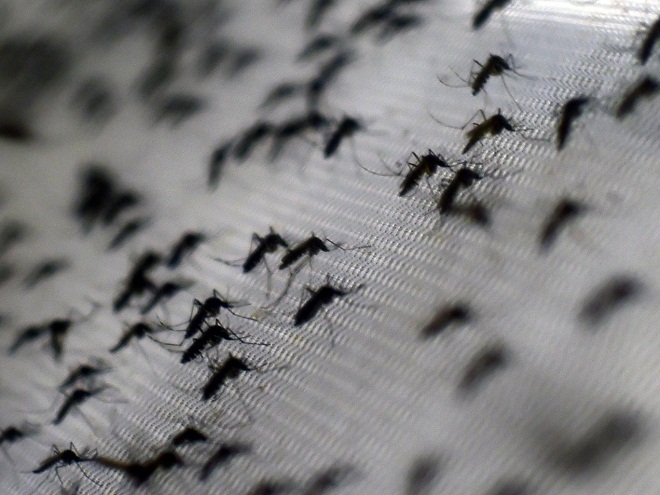
Kampala, Uganda | THE INDEPENDENT | A technique that sterilizes male mosquitoes using radiation will soon be tested as part of global health efforts to control diseases such as chikungunya, dengue, and zika.
Known as the Sterile Insect Technique (SIT), the process involves rearing large quantities of sterilized male mosquitoes in dedicated facilities, and then releasing them to mate with females in the wild. As they do not produce any offspring, the insect population declines over time.
The Sterile Insect Technique was first developed by the U.S. Department of Agriculture and has been used successfully to target insect pests that attack crops and livestock, such as the Mediterranean fruit fly and the New World screwworm fly. It is currently in use globally in the agriculture sector on six continents.
Now, the Special Programme for Research and Training in Tropical Diseases (TDR) and the International Atomic Energy Agency (IAEA), in partnership with the Food and Agriculture Organization (FAO), and WHO have now developed a guidance document for countries that have expressed interest in using the technique to tackle disease outbreaks transmitted by the winged insects.
The guidance on using the technique to control diseases in humans recommends adopting a phased approach that allows time to test the efficacy of the sterilized insects. Epidemiological indicators monitor the impact of the method on disease-transmission. It also provides recommendations on mass production of the sterile mosquitoes, government and community engagement, measuring the impact of the technique, and assessing cost-effectiveness.
Jeremy Bouyer, a medical entomologist at the Division of Nuclear Techniques in Food and Agriculture, explains they already have evidence that the technique is able to reduce the density of mosquitoes very significantly.
If this is done for long enough, “you will be able to reduce, and in some cases, eliminate the target population”, He said, adding that this technique will out-compete the wild males in the field and they will induce sterility in the females so that their eggs will not hatch, resulting in the control of the next generation of mosquitoes.
Highlighting the safety of the irradiation technique, Bouyer insisted that no test tube manufactured genes – known as transgenes – were being inserted into mosquitoes.
“The mutations we are creating with this system are random, so we are not transgenic, we are not putting transgenes into the mosquitoes and they are occurring naturally in the population,” he said. “It’s just that we have enough mutations to create full sterility in what we release. But there is no particular concern with what we release, the mosquitoes are not radioactive, they are just irradiated and thus sterilized.”
More than half the world is now at risk from mosquito-transmitted dengue fever, according to the World Health Organization (WHO). Dengue, along with other diseases transmitted by mosquitoes – malaria, Zika, chikungunya and yellow fever – account for about 17 per cent of all infectious diseases globally, claiming more than 700,000 lives each year, and inflicting suffering on many more.
In recent decades, the incidence of dengue has increased dramatically due to environmental changes, unregulated urbanization, transport and travel, and insufficient sustainable vector control tools and their application. On average, WHO registers three million cases every year, but they may reach four million in 2019, it said.
If successful, the potential health benefits could be enormous, Raman Velayudhan, Coordinator, from WHO’s Department of Neglected Tropical Diseases (NTDs) said.
*****
URN
 The Independent Uganda: You get the Truth we Pay the Price
The Independent Uganda: You get the Truth we Pay the Price



